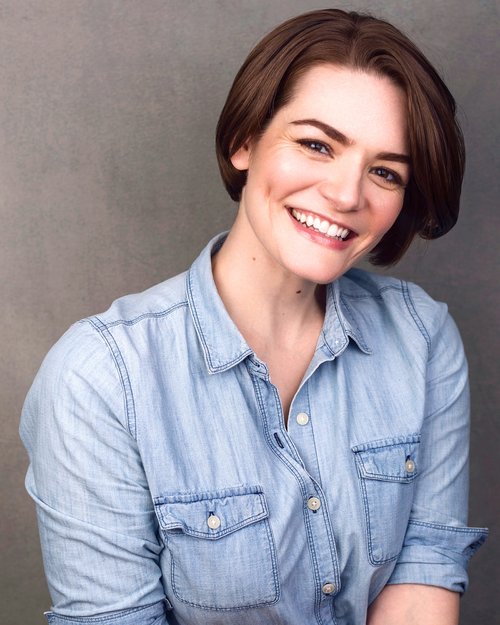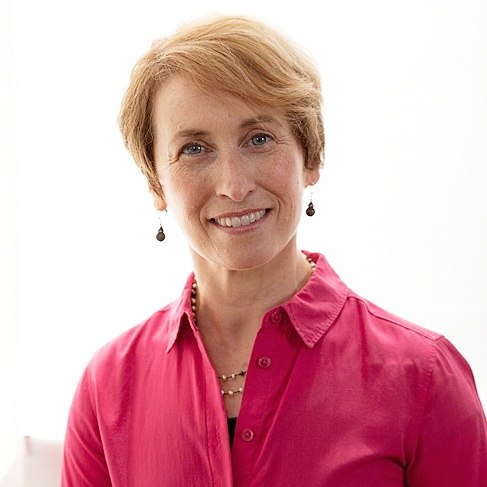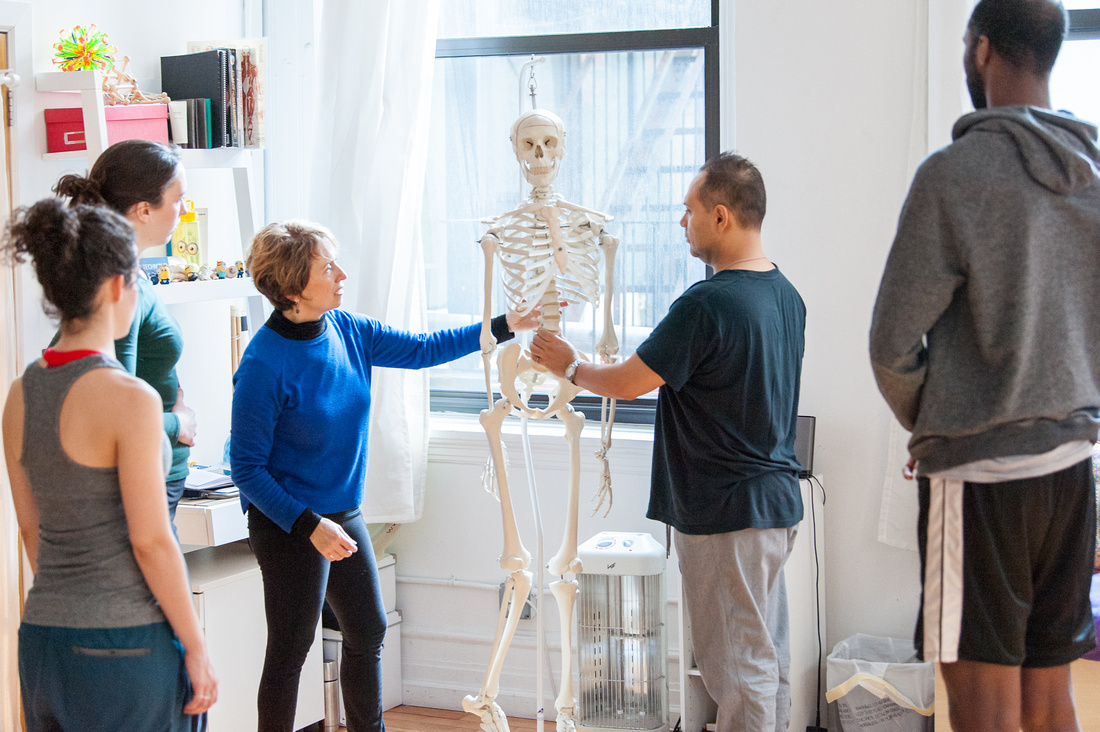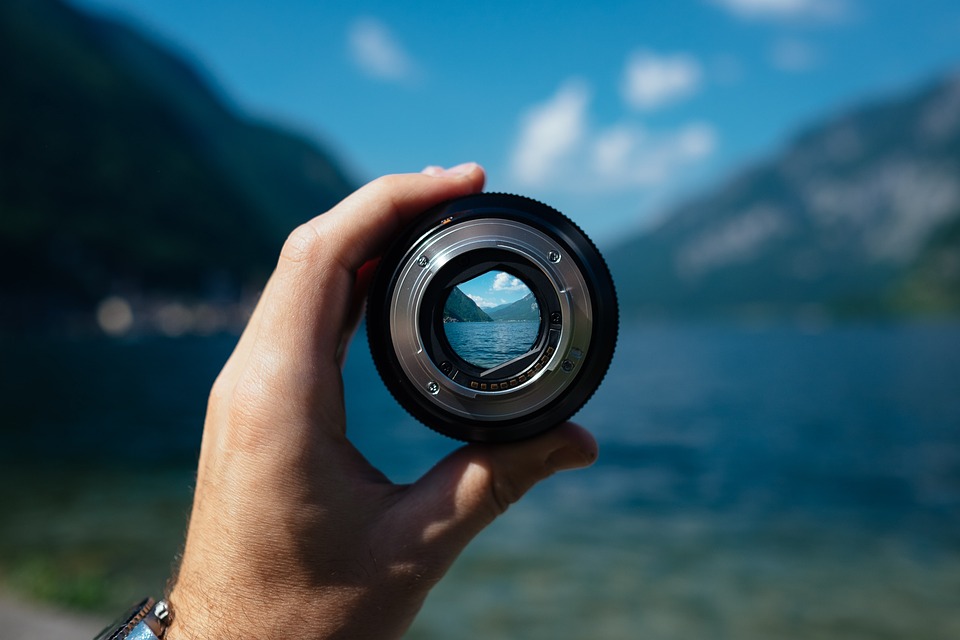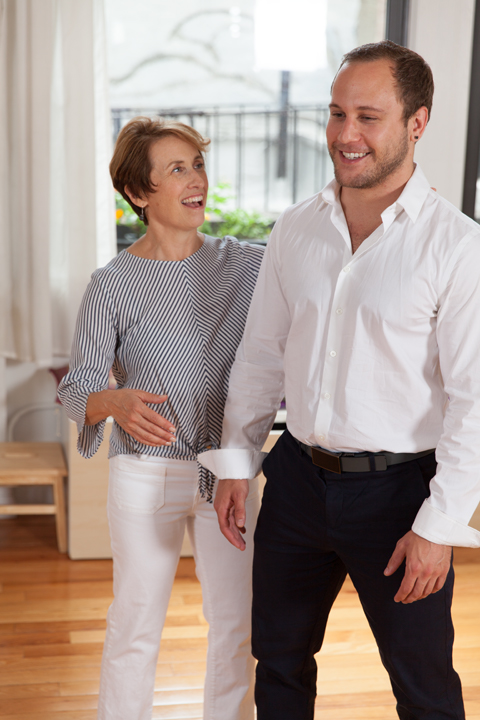
How You Move Matters
Free Alexander Technique Exercises, Tips, and Resources
Getting Unstuck!
Recently Caitlyn, an accomplished actor, came in for one of her private AT sessions. We’d been focusing on her monologue work and she brought up a particular pattern she’s been working through, and a particular goal, which she termed “not performing my insecurities.” This is a common theme in the work that I do with my clients, and inspired by Caitlyn I’ve been exploring this question in my classes as of late. What does it mean to “not perform one’s insecurities” in practice? And how can we avoid rehearsing our insecurities or tendencies?
Way back when F. M. Alexander started his self-observations, he was grappling with a strong tendency to interfere with his breath and voice when acting. Based on his own description, he was caught in a pattern that today we might call “getting stuck in one’s head”. Perfectionism and similar tendencies can lead us to defensive, self-protective behavior. When we use defensive actions, like freezing up or pushing through, we are rehearsing our insecurities.
Finding your way toward creative freedom and resiliency is one of the journeys of acting that we strengthen via the Alexander Technique. We open our acting choices, explore working with them, and curiosity + discovery is returned to the actor’s experience; the pleasure and passion felt for acting is refreshed.
What is a pattern you feel stuck in as an actor?
How often does what you understand about your tendencies align with the feedback you are getting in class or in rehearsal?
I’d like to hear from you about what skills you practice for freeing yourself from defensive patterns, where you feel successful, and where you’d like my help.
In my upcoming Tuesday special topics classes, we will be hearing from each actor and addressing the interference of their patterns in specific aspects of acting and auditioning. Those who are new to the Alexander work can continue with the basics (level 2) on Thursday evenings. On Fridays at noon, we will take time to check in on ourselves through movement and breathing.
I look forward to seeing you in the studio!
New Direction? It's Basics!
New things are happening at AT Motion!
You may have noticed a new direction. Many AT Motion classes now have a prerequisite. How does this serve you? Why take BASICS 1 and 2 @ AT Motion?
Mastery comes from having an unshakable foundation that you keep returning to and improving. Take another look at your foundation and consider what you need to move forward. When you learn the foundation of a skill, or go about revisiting your foundational skills, you are creating a firmer base that you can rely on.
Basics 1 and 2 @ AT Motion are foundational classes designed to give an experience of the core principles of the Alexander Technique (AT) through the lens of acting - very specifically through for actors. With a fundamental sense of the work as a prerequisite, you will be able to explore with more complexity. The AT can support your process in more advanced AT Motion classes aimed at specific aspects of embodying a role and living well as an actor.
It’s that simple. Begin at the beginning or revisit the beginning again and again… and then you will be ready to go deeper, take on challenges, express with precision and strength of feeling.
Lively focus is a lively choice
What grabs your attention and what fades from view?
Bright sparkling lights can take over your focus temporarily, and then your interest moves on. But when something becomes a priority, everything else fades or blurs a bit. Even loud sounds, like fireworks, can become background if your attention is pulled elsewhere.
A person’s attention is changing all the time. Attention is subject to choice. While it’s hard to maintain a singular focus that blocks out everything else, we can and do choose to place something in the forefront of our attention while letting other things be in the background.
In today’s Margolis Method class, we worked with primary and secondary focus as a theatrical tool. In other words, what do I want the audience to recognize as is the most important aspect of my character’s experience? In any given circumstance, what is primary and what is secondary?
Even if you are not an actor, this is a question you are dealing with all the time when you are trying to communicate something complex. Priorities are chosen. Often conflict occurs when there is a disagreement about primary versus secondary priorities.
Applied to nervous anticipation, changing your primary focus can reduce your stress. Instead of letting your nervousness take front and center of your attention, can you make it a secondary or background issue? Can you bring something of more practicality or even of pleasure into your primary focus?
Exploring your options starts with a pause. Open up your senses to what is around you. Use your peripheral vision or widen your scope of listening, try smelling or staying with what you are tasting a bit longer for the subtle undertones.
What do you find in the background (or secondary field of attention) that you would like to bring into the foreground of your attention?
Try this AT Motion experiment:
Primary/Secondary focus walk
Walk A: Take a walk in a familiar place. Start to notice the sounds around you. As you walk let listening and sensing be your primary focus. You might tune into the noises of the city or overheard conversations. The sounds might evoke awareness of your other senses. You will still be aware of decisions your will make about direction in space and your coordination - but let that be secondary. Let listening and sensing be primary.
Walk B: Now make a switch. Instead of focusing on listening and your senses, let your spatial choices and coordination be primary. Use Alexander’s self-directions for springing into expansion, UP and OUT into space. Let your freedom of motion be directed upward and outward. Let our energy support the upward freedom with downward support. Walk with that vertical dynamic. Include the dynamic of volume. Let your opening into width and depth be supported by a strong inward support (your core). Now let the swinging of your arms and legs bring flow into your stride as your choose your pathway or route. Coordinating with spatial direction is primary but you will still be aware of what you are taking in through your senses - but let that be secondary.
Notice the differences in your experiences in walks A and B.
Notice change.
Backstage Article: How to Stay Grounded and Avoid Freezing at an Audition
Belinda has been brought on as a Backstage Expert guest writer. Check out her first article on how to stay grounded and not freeze at an audition.
The article was written to help demystify stage fright and provide readers with tools and games to practice on overcoming nerves.


